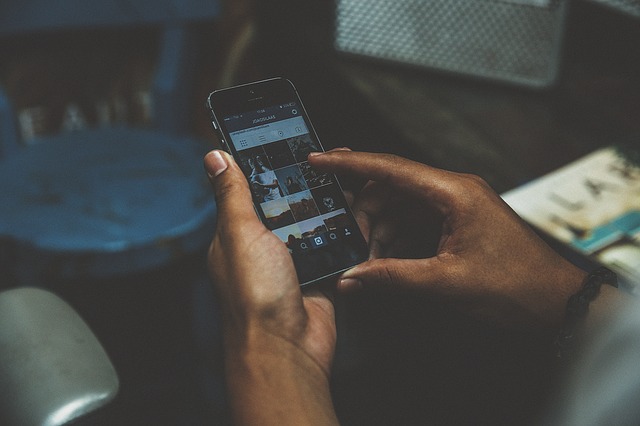We live in a world where everyone is connected to the internet. Our phones are one of the most important tools we use for this connection, but they also pose some security risks. This blog post will help you learn about 5 ways to protect your phone and data so that you can take back control of your device!
How to secure your phone data: 5 best methods
Lock your phone.
The first and most basic way to protect your phone is to lock it with a passcode. This will prevent anyone from being able to access your device without knowing the code.
Use two-factor authentication.
Two-factor authentication (or “two-step verification”) adds an extra layer of security to your account by requiring you to enter a unique code in addition to your username and password. This code can be sent to you via text, email, or even generated by an app like Google Authenticator.
Only use apps from the Google Play Store.
Google Play is the official Android app store, and it requires all apps to go through a rigorous screening process before they are made available for download. This means that you can be sure that the apps from Google Play are safe and malware-free.
Use device encryption.
Device encryption protects your data by scrambling it into an unreadable format when your phone is turned off. This means that even if someone manages to get their hands on your phone, they won’t be able to access any of your data without knowing your password.
Use a Virtual Private Network.
A Virtual Private Network (VPN) creates a secure tunnel between your device and the internet, preventing anyone from spying on your online activity or stealing your data. VPNs are especially important when using public Wi-Fi networks, which are often not very secure. A large percentage of people search the internet for “how to catch a cheater“, so it’s important to be careful.
Password management.
One of the best ways to protect your data is to use a strong password. This can be difficult to do on your own, so it’s a good idea to use a password manager like LastPass or Dashlane. These programs will help you create and manage complex passwords, and they will also automatically fill in login information for you when you visit websites.
Use anti-virus software.
Anti-virus software is another important tool for protecting your device. It can help you detect and remove malware from your phone, as well as protect you from phishing scams.
If you don’t use an app, uninstall it.
If you don’t use an app, uninstall it. This may seem like common sense, but a lot of people keep apps on their phone that they never use. By getting rid of these unused apps, you’ll not only free up space on your device, but you’ll also reduce the chances of someone gaining access to your data through them.
Always run updates.
One of the best ways to protect your phone is to always run updates. This includes updates for your operating system, apps, and anti-virus software. By keeping your software up-to-date, you’ll reduce the chances of someone being able to exploit any security vulnerabilities.
Be vigilant about phishing attacks.
Phishing attacks are one of the most common methods used by hackers to steal people’s data. These attacks usually involve sending emails or text messages that appear to be from a legitimate source (like a bank or credit card company), but are actually designed to steal your personal information. Be sure to always check the sender’s email address and website URL before clicking on any links or entering any information.
These are just five of the many ways that you can protect your phone and data. By using these tips, you can rest assured that your device is safe from hackers and other online threats. Stay safe!



